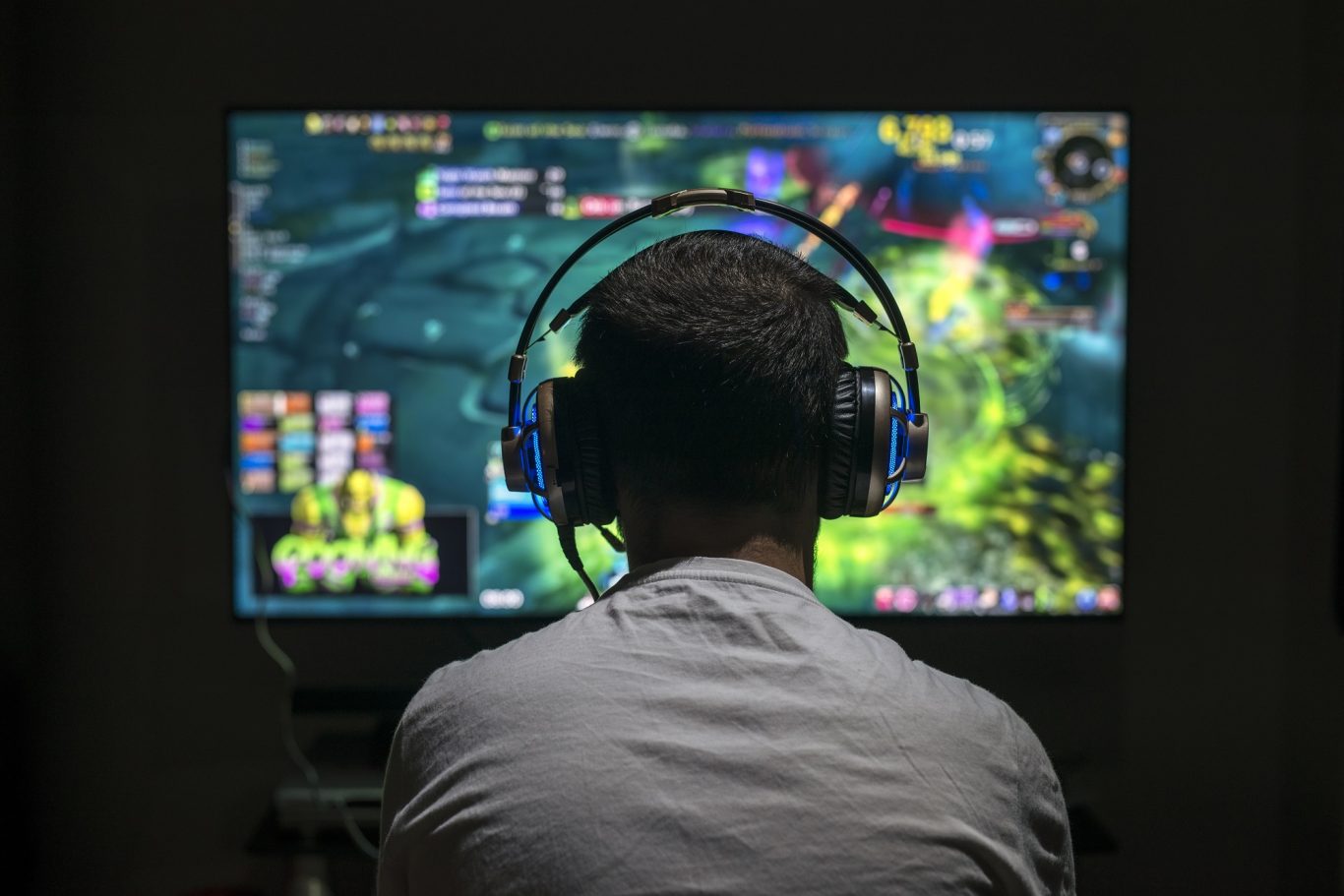A video game that bridges the gap between neuroscience and technology has won approval from the U.S. Food and Drug Administration as a treatment for attention deficit hyperactivity disorder (ADHD). While approved for use with children, the breakthrough could have future implications in treatment of age-related cognitive decline.
The game is based on research conducted by Dr. Adam Gazzaley at the University of California-San Francisco. It has roots in a game called Neuroracer, which Gazzaley and his team also developed about a decade ago. The game asks players to tell the difference between relevant cues and distracting ones while driving in a car race simulation.
A six-week study involved adults playing the game. As the weeks progressed, the adults improved their ability to focus and pay attention. The results were especially impressive since attention typically declines in aging adults. They also complement the findings of other studies on how gaming can improve brain aging.
Taking this concept, the team at UCSF developed a game called EndeavorRX for use by children between the age of 8 and 12, specifically for treatment of ADHD.
In a press release announcing the approval, the FDA reported that EndeavorRX is “the first digital therapeutic intended to improve symptoms associated with ADHD, as well as the first game-based therapeutic granted marketing authorization by the FDA for any type of condition.”
Jeffrey Shuren, director of the FDA’s Center for Devices and Radiological Health, said in the release that EnDeavorRX “offers a non-drug option for improving symptoms associated with ADHD in children and is an important example of the growing field of digital therapy and digital therapeutics.”

Video Game Research To Improve Brain Function
The EndeavorRX game, and the Neuroracer game before it, came from the University of California-San Francisco’s video game research program. Called Neuroscape, the program seeks to build a bridge between neuroscience and consumer-friendly technologies.
The program’s goals go far beyond helping with ADHD. Neuroscape is developing video games that can help with a host of brain disorders, many of them involving older people. They include autism, depression, multiple sclerosis, Parkinson’s and Alzheimer’s disease. The goal is to take the findings of neuroscience and apply them to real-world solutions through games.
EndeavorRX can give parents and their children alternatives to using pharmaceuticals to treat ADHD. In a video about the program, Gazzaley said that “when we ask parents would you prefer to give your child a drug or have them play a video game, they say, “Well, they already play video games, so why don’t we start with that?”
How Video Games Could Help The Aging Brain
The 2013 study found that videogames can impact cognition in aging brains. Gazzaley and his team took a group of people between the age of 60 and 80 and had them play the game Neuroracer at home for 12 hours over the course of the study.

Neuroracer seeks to challenge older adults with an intense game that requires multitasking as well as cognitive functions associated with multitasking.
Studies have shown that the ability to multitask peaks in most people in their late 20s and then drops throughout the rest of life. However, with Neuroracer, the older adults were able to revert their ability to multitask in the game to the level of those in their 20s.
They also improved their short term memory – the memory of recent events – the loss of which is associated with onset of mild cognitive impairment. Research is ongoing for the potential of video games to improve cognitive function in people of all ages. How this may benefit older adults remains to be seen, but the future looks promising.
“We already have this exciting behavioral platform to help improve performance,” Gazzaley said. “What we’re doing is really trying to create an entirely new category of medicine.”
